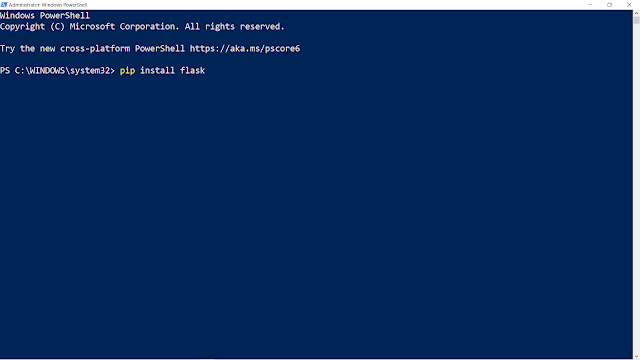learnpython24-(Python sleep())
Python sleep()
The sleep() function suspends (waits) execution of the current thread for a given number of seconds.
Python has a module named time which provides several useful functions to handle time-related tasks. One of the popular functions among them is sleep().
The sleep() function suspends execution of the current thread for a given number of seconds.
Example 1: Python sleep()
import time
print("Printed immediately.")
time.sleep(2.4)
print("Printed after 2.4 seconds.")
Here's how this program works:
"Printed immediately"is printed- Suspends (Delays) execution for 2.4 seconds.
"Printed after 2.4 seconds"is printed.
As you can see from the above example, sleep() takes a floating-point number as an argument.
Before Python 3.5, the actual suspension time may be less than the argument specified to the time() function.
Since Python 3.5, the suspension time will be at least the seconds specified.
Example 2: Python create a digital clock
import time
while True:
localtime = time.localtime()
result = time.strftime("%I:%M:%S %p", localtime)
print(result)
time.sleep(1)
In the above program, we computed and printed the current local time inside the infinite while loop. Then, the program waits for 1 second. Again, the current local time is computed and printed. This process goes on.
When you run the program, the output will be something like:
02:10:50 PM 02:10:51 PM 02:10:52 PM 02:10:53 PM 02:10:54 PM ... .. ...
Here is a slightly modified better version of the above program.
import time
while True:
localtime = time.localtime()
result = time.strftime("%I:%M:%S %p", localtime)
print(result, end="", flush=True)
print("\r", end="", flush=True)
time.sleep(1)
To learn more, visit digital clock in Python shell.
Multithreading in Python
Before talking about sleep() in multithreaded programs, let's talk about processes and threads.
A computer program is a collection of instructions. A process is the execution of those instructions.
A thread is a subset of the process. A process can have one or more threads.
Example 3: Python multithreading
All the programs above in this article are single-threaded programs. Here's an example of a multithreaded Python program.
import threading
def print_hello_three_times():
for i in range(3):
print("Hello")
def print_hi_three_times():
for i in range(3):
print("Hi")
t1 = threading.Thread(target=print_hello_three_times)
t2 = threading.Thread(target=print_hi_three_times)
t1.start()
t2.start()
When you run the program, the output will be something like:
Hello Hello Hi Hello Hi Hi
The above program has two threads t1 and t2. These threads are run using t1.start() and t2.start() statements.
Note that, t1 and t2 run concurrently and you might get different output.
Visit this page to learn more about Multithreading in Python.
time.sleep() in multithreaded programs
The sleep() function suspends execution of the current thread for a given number of seconds.
In case of single-threaded programs, sleep() suspends execution of the thread and process. However, the function suspends a thread rather than the whole process in multithreaded programs.
Example 4: sleep() in a multithreaded program
import threading
import time
def print_hello():
for i in range(4):
time.sleep(0.5)
print("Hello")
def print_hi():
for i in range(4):
time.sleep(0.7)
print("Hi")
t1 = threading.Thread(target=print_hello)
t2 = threading.Thread(target=print_hi)
t1.start()
t2.start()The above program has two threads. We have used time.sleep(0.5) and time.sleep(0.75) to suspend execution of these two threads for 0.5 seconds and 0.7 seconds respectively.
Recommended Reading: Python time.sleep() sleeps thread

Comments
Post a Comment